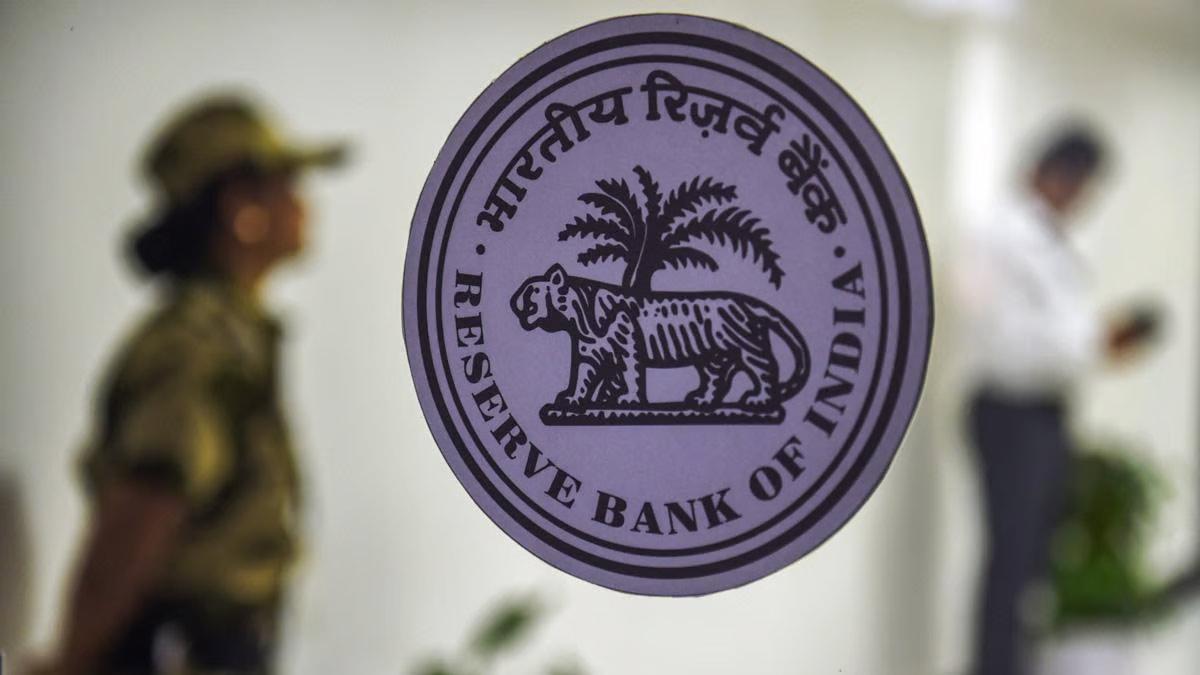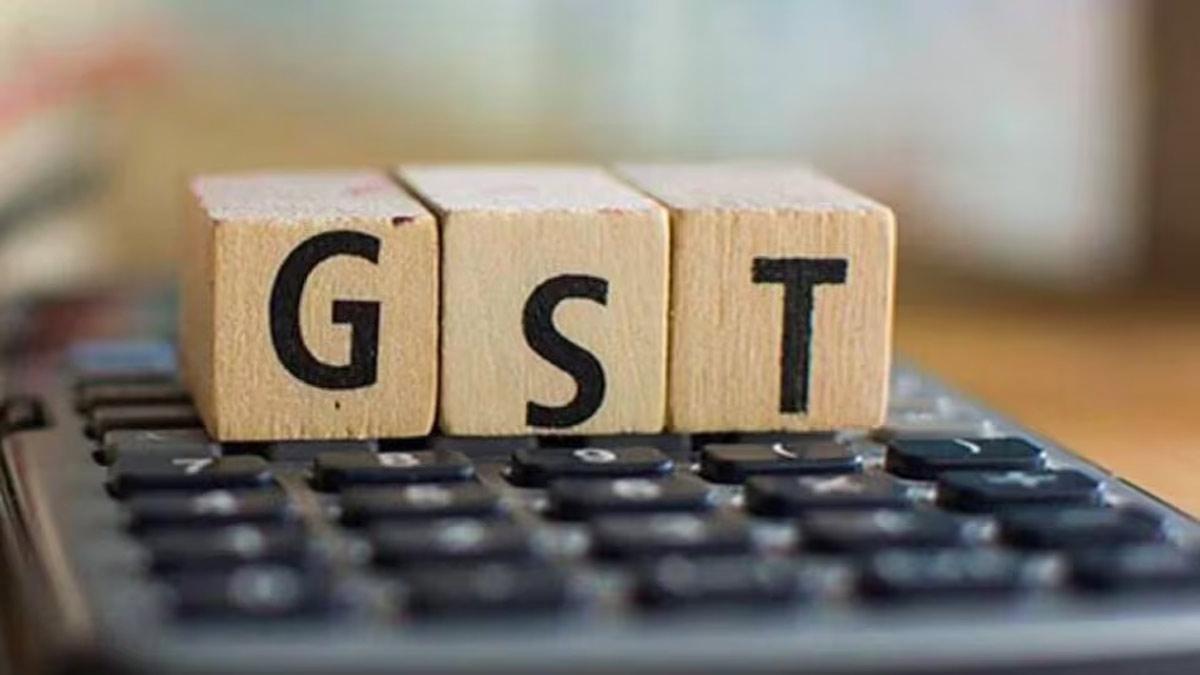A recent US Treasury report has caused concern over China's economic model based heavily on a fast-expanding trade surplus—now just shy of a record $1 trillion—and declining domestic consumption.
The report says that this policy is not only bad for China but has negative implications for the world economy.
It calls on Beijing to promote more household expenditure and reduce the adverse effect its policies have on trading partners.
The criticism of the report is at a time when India continues to struggle in manufacturing, which continues to lose out to Chinese imports. Despite India's massive imposition of anti-dumping duties and quality checks during the past two years, the deficit in goods trade with China has crossed $100 billion—a record high.
China currently represents more than 60% of the global goods trade surpluses, while domestic consumption (household and government) has declined to less than half its pre-pandemic level in the latter part of 2024.
The report points out that net exports played a critical role in China's recent growth, whereas the contribution of domestic consumption has fallen substantially.
Conversely, in an April white paper, China asserted that US-China trade imbalance is due to structural problems in the US economy and the inevitable results of comparative advantage and global labor division—and not due to China intentionally pursuing a trade surplus.
The US Treasury also criticized China's opacity on foreign exchange intervention, leaving analysts to use proxy indicators. One of the metrics registered the People's Bank of China's (PBOC) foreign exchange reserves declined by $7 billion in 2024, whereas another reported net foreign exchange sales totaling $165 billion, with $120 billion in the second quarter as pressure mounted for yuan weakening. This divergence indicates the official asset data of PBOC might not accurately represent the size of China's market interventions.
The report urged China to enhance transparency of foreign exchange operations to minimize policy communication risks and market volatility.
Lastly, the Treasury emphasized that the economy of China still has large, lasting macroeconomic imbalances, with its global manufacturing trade surplus surpassing historical records once dominated by Germany and Japan.
Read also| RBI's 50 BPS Repo Rate Cut: Home Loan EMIs and Tenure Set to Decrease


















